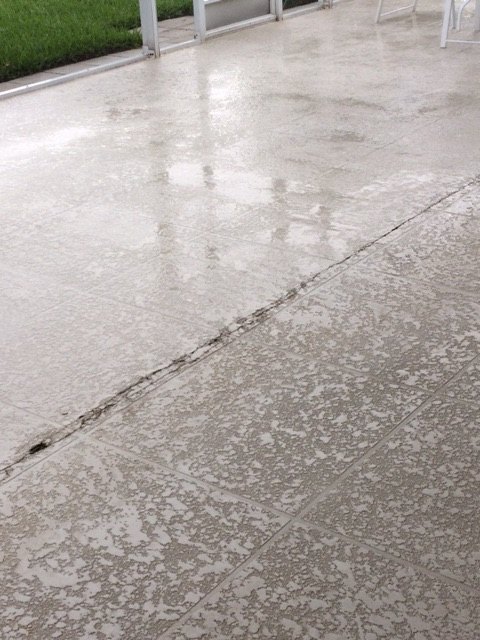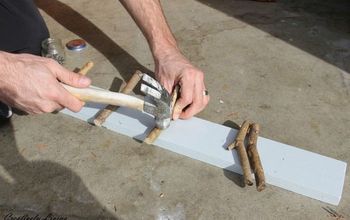How do I cover patio concrete with patio blocks?
Related Discussions
Vinyl plank flooring vs pergo (laminate)
I currently have stinky dirty carpeting in my living room and I want to replace it with a durable flooring that can stand up to dogs and kids.
How to remove popcorn ceiling that has been painted?
Does having a paint over a popcorn ceiling change how I'd remove the popcorn ceiling?
How to apply peel and stick wallpaper?
I want to spruce up my walls with peel-and-stick wallpaper. Has anyone used this before and can advise me as to how to apply it properly?
How to stain wood floor?
I've heard staining is a good technique for updating floors. So how do I stain my wood floor?
What can I use to cover up cracked concrete on my patio?
My concrete patio has several sever cracks with some areas sinking about 1/4" of an inch. I don't have the money to have it taken out and replaced so I am looking fo... See more


I think it is feasible if the base is level. Self-leveling concrete or sand tamped down would give a good base.
https://www.youtube.com/watch?v=Kd8WssC8XCo
Covering a crack with new material will end up with the new material cracking too. Previous owner's of my house poured 6" of concrete over the old cracked slab and it broke in exactly the same places. The only way to prevent or at least minimize cracking is adding lots of steel reinforcing when the slab is poured. I had to remove tons and tons of concrete. Caulk will be a good temporary fix. If the slabs keep moving apart eventually they will have to be replaced. Sorry for the bad news but I have been through this more than once.
As long as it's level no problem. You will need to glue the pavers around the perimeter of the pad with landscape block adhesive in caulk tubes. Then you just fill in the interior. The glued perimeter will prevent movement and shifting. Once it's all down sweep landscape sand in between the joints.
This is common sense talking, not knowledge. I would clean out the crack a bit and fill with some sort of epoxy, or whatever Pros recommend For real endurance. You don’t want water to further deteriorate that joint.
Plan patio block placement accordingly. I wouldn’t put them over the crack, tempting it to crack if part two of the patio chooses to lean further.
I would certainly use polymeric sand between pavers.
From an old lady, I would color that polymeric a bit darker than your pavers to not make yourself crazy Trying to clean back to spiffy pale gray, or whatever.
Best of luck.
I just ripped out a brick paver walk which was installed over an asphalt walk. This is how it was done. There is black plastic edging which is used to hold pavers in place. Usually, this is held into the ground with long stakes. Of course, this isn't possible with a concrete base. You could perhaps glue it along the edge of your patio with glue used for concrete. It comes in a tube like caulk. Just make sure it sticks to plastic as well as concrete. Then, on top of the patio and paver edging, spread an inch or 1 1/2" of stone dust, a fine ground rock which is black, or paving sand to level and fill cracks in the concrete. If the patio is against or close to the house, you will want to slant the sand about 3 degrees to the opposite side from the house. Tamp down the sand with a tamper. Then lay the pavers on top of the sand making sure they stay level with each other and follow the slant away from the house. YouTube will have tutorials. You may just need to adjust for your application. You'll want to find some sort of paver to use as an edge around the patio to hide the plastic edging. It should be tall enough to be sunk below ground by about 3 inches and also cover the plastic. Or put some crushed stone or mulch around the edges of the pation.
No the middle pavers do not need to be glued. The glued perimeter will hold the pavers in. If any break or get damaged they can easily be replaced. Depending on your pattern some will need to be cut which is inevitable even in a standard installation.